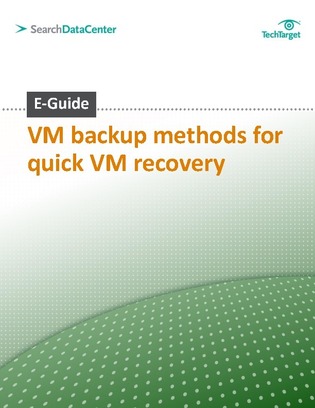

Cloud backup eliminates the need to physically move backup media to another location (and the significantly larger RTOs and RPOs that can result) for protection against local power outages or disasters. Because cloud backup servers are typically virtualized, you can scale easily and cost-effectively as needed. You can schedule backups as frequently or infrequently as you like. Cloud backupĬloud backup backs up your data and applications via a corporate network or internet connection to a physical or (more likely) virtual backup server at a remote data center operated by your company, a hosting provider, or a cloud services provider.Ĭloud backup is typically the most flexible type of backup. You can use it to back up files, application data, or entire physical or virtual servers. An onsite backup server can be a cost-effective backup solution for a small office but does not protect backup data against local outages or physical disasters. Backup server disks are often configured for redundancy to protect backup data and ensure that backups continue in the event of a disk failure.
#METHODS TO PROVIDE VM DATA BACKUP SOFTWARE#
The server is outfitted with significant disk storage and specialized software for scheduling and managing backups. Backup serverĪ backup server is a dedicated server built specifically for backing up files stored on multiple client computers on the same network.
#METHODS TO PROVIDE VM DATA BACKUP INSTALL#
If HDDs and SDDs have a drawback, it's that they aren’t particularly scalable-if you need more backup capacity, you have to purchase and install a new physical disk. SDDs are increasingly popular because they offer faster read/write times than HDDs, require less physical space to store the same amount of data, and consume less power (even if they are more expensive to purchase per gigabyte).

Both offer much faster read/write performance than tape, making them a good choice for continually-updated backups and short-RTO/RPO backup scenarios. Most data today is backed up to a hard disk drive (HDD) or solid-state drive (SDD), whether that drive is a standalone external drive or part of a backup server (see below). Hard disk drives (HDDs) or solid-state drives (SSDs) For these reasons, tape is a better choice for nightly or weekly backups or for cost-effectively archiving data that your organization wants or needs to keep but doesn’t need in order to quickly bring the business back online in the event of an outage or disaster. Tape is also more prone to physical wear and damage than other storage media so it needs to be closely managed and constantly tested to ensure that it will work when it’s time for recovery. It offers low-cost, high-capacity data storage, but relatively slow read/write performance makes tape a poor choice for incremental backup, continuous data protection (CDP) or any other backup method that updates backups whenever data changes (see the ‘Common methods and solutions’ section below). Tape is the oldest backup medium in use today. What type of device or service will you use to back up your data? Generally speaking, you have four choices. But the brokerage’s email system may require shorter RTOs and RPOs than the retailer’s email system because the brokerage may require a comprehensive email audit trail for regulatory compliance.īeyond RTO and RPO, other factors that determine your choice of backup and restore technology include your need for scalability, data security, and even physical distance (i.e., whether you need to maintain your backups far enough away from your production infrastructure to ensure recovery from a local power outage or disaster). Mission-critical applications (e.g., the ecommerce system for a major online retailer or the trading application at a brokerage) might require microscopic RTOs and RPOs since, in each case, downtime could cost millions per minute. RTOs and RPOs will vary depending on the business you’re in and the individual applications and data in question.


How you back up your data and applications (i.e., how frequently you back them up and to what device or location) depends on the cost of losing access to the data and applications for any period of time and the cost of replacing or recreating the data if it’s lost for good.


 0 kommentar(er)
0 kommentar(er)
